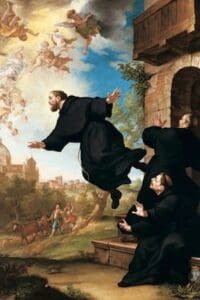 St. Joseph of Cupertino
St. Joseph of Cupertino
Explore the Saints
Pope St. Paul VI
On Sunday, October 14, 2018, Pope Francis canonized seven new saints of the Church, one of whom was the dynamic and revolutionary Pope Paul VI, the successor to Pope John XXIII, who re-opened the Second Vatican Council and worked to improve Catholic relations with other Christians, particularly in his historic meeting with the Ecumenical Patriarch Athenagoras of Constantinople, leader of Eastern Orthodox Christians.
Paul VI began his life as a Giovanni Battista Montini, born into a comfortable family in Northern Italy in 1897. He grew up attending Jesuit and public schools before entering the seminary in 1916. He was ordained four years later in May 1920, and proceeded to Milan to study Canon Law before continuing on to study at the Gregorian University in Rome. In 1922, at the age of twenty-five, Giovanni received a position in the Vatican’s Secretariat of State. Because he continued his studies throughout the early years of his priesthood after his ordination, Giovanni was never appointed to a parish assignment, but rather moved straight into administrative positions in the Roman Curia.
Young Giovanni Montini was a close advisor to Pope Pius XII and worked for the Vatican Secretariat of State during World War II. At the request of Pius XII, Giovanni created an office that provided information for prisoners of war and refugees, and from 1939 to 1947 assisted millions of missing persons in finding their families and families in finding their loved ones. Giovanni also coordinated the activities of the Pontifical Commission for Assistance, the Vatican organization that provided food, shelter, and other material aid for the refugees of Hitler and Mussolini’s persecutions who flooded Rome. The Church opened up the papal palace of Castel Gandolfo and housed as many migrants in Vatican City as it could hold.
After the war, in 1954, Giovanni Montini was appointed Archbishop of Milan, a prestigious position in the Italian Church. Having never had a pastoral assignment before his appointment as Archbishop, Giovanni brought a fresh perspective to his episcopal role. He enjoyed meeting the wide variety of faithful in his care: intellectuals, working men and women, artists, and families.
As the new archbishop, Montini made an effort to meet with common folk: he spoke to unions and workers’ associations. He believed that modern men and women needed places of rest and beauty, and built over one hundred new churches to fill that need. As Archbishop of Milan, he began a correspondence in 1957 with Geoffrey Fisher, the Anglican Archbishop of Canterbury. He tried to reignite a renewed fervor for religion in a city tired from long years of war and cynical about faith. As an archbishop, Montini began traveling throughout the world: the length of the African continent, to Brazil, and the United States—including a stop at the University of Notre Dame.
In 1963, Archbishop Montini was elected pope and took the name Paul VI, in honor of the Apostle Paul, as a model of the evangelical nature that he wanted to embody in his pontificate. In keeping with the spirit of reform and renewal that swept through the Church in the Vatican II era, Paul VI began to simplify the papacy. Paul VI was the last pope to be crowned, and after his crowning, he sold the papal tiara and gave the money to charity. In the papal letter Pontificalis Domus (The Papal Household), Paul VI reorganized and simplified the court life of Vatican City State, trying to convert the Supreme Pontiff’s political role to more closely conform to its spiritual role. He continued to reform the Roman Curia he had spent so much of his life working within, attempting to streamline its sprawling bureaucracy.
As he had as Archbishop, Paul VI continued to travel globally, living up to the evangelical missionary nature of his namesake. Paul VI’s pontifical goals were to continue and complete the work begun in Vatican II, reform Canon Law, and work for peace and justice in a rapidly changing world. In an address before the United Nations, Paul VI said: “No more war, never again war. Peace, it is peace that must guide the destinies of people and of all mankind.”
One of his chief legacies was his work for Christian unity. Paul VI created the Pontifical Council of Interreligious Dialogue, to promote dialogue with other religions. Under Pope Paul VI, Nostrae Aetatae, the encyclical on the Church’s relationship with the Jewish people was penned. At Vatican II, Paul VI allowed observers into the council process from other Christian denominations, and valued their input. Finally, his greatest accomplishment was meeting with Ecumenical Patriarch Athenagoras I in Jerusalem in 1964. Together, they issued a joint statement reversing the excommunications of the Great Schism of 1054. The mosaic to the right, from the Dominus Flevit Church on the Mount of Olives in Jerusalem, celebrates their meeting. It was in commemoration and celebration of this great meeting that Paul VI asked Fr. Hesburgh to help found Tantur Ecumenical Institute outside Jerusalem, which Notre Dame cares for to this day.
Among his other encyclicals were four Marian encyclicals, emphasizing Mary’s preeminent role in the Church, the invaluable addition to Catholic Social Teaching, Populorum Progressio (The Development of Peoples) on the economy and the right to fair wages and good working conditions, and, in responding to questions of his contemporary Catholics, Sacerdotalis Caelibatus (Of the celibate priest) Humanae Vitae (Of Human Life).
Paul VI died on August 6, 1978, and he requested to be buried in a simple tomb, rather than in an ornate sarcophagus. Paul VI was beatified on October 19, 2014, by Pope Francis, and was canonized this past Sunday, October 14, by Pope Francis. Paul VI was the leader of the Church during a particularly difficult and contentious epoch of its history. Throughout his papacy, Paul VI sought only to make reforms that would conform the Church most closely to Christ, that would make it a Church not of the past, but of the present, not just of Europe, but of the whole world, and not just of the cardinals or curia, but of the ordinary sinners that Christ came to save.
Saint Paul VI, healing leader for a divided world—pray for us!
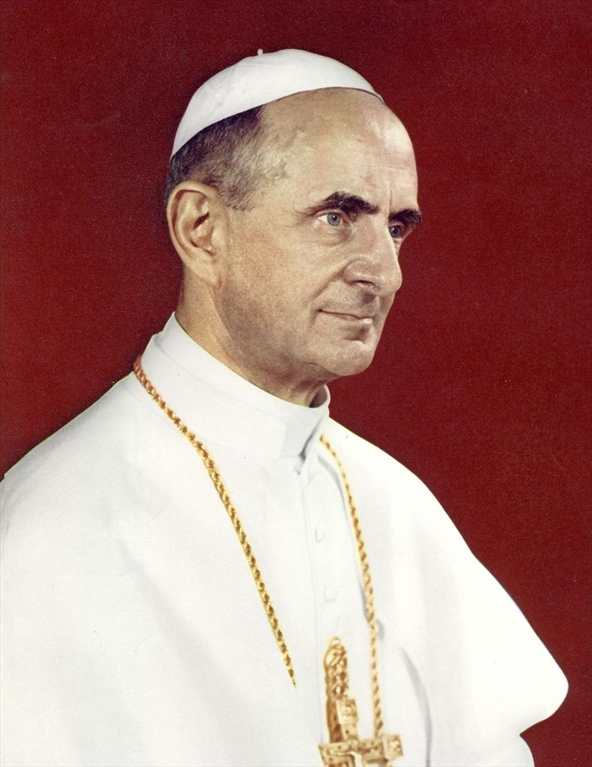
Search Saints
 St. Joseph of Cupertino
St. Joseph of Cupertino
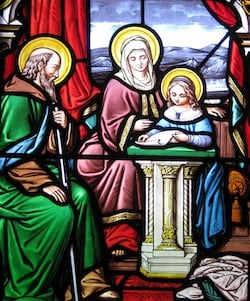 Sts. Anne and Joachim
Sts. Anne and Joachim
 St. Robert Bellarmine
St. Robert Bellarmine
 Sts. Cornelius and Cyprian
Sts. Cornelius and Cyprian
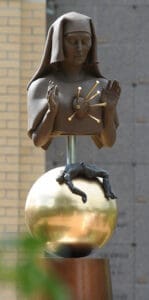 Our Lady of Sorrows
Our Lady of Sorrows
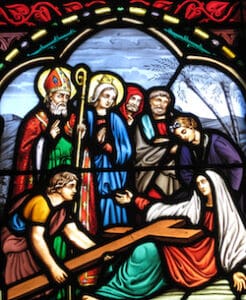 The Exaltation of the Holy Cross
The Exaltation of the Holy Cross
 St. John Chrysostom
St. John Chrysostom
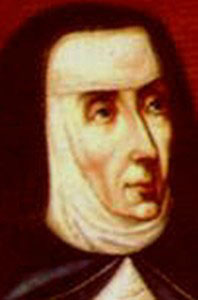 Blessed Victoria Strata
Blessed Victoria Strata
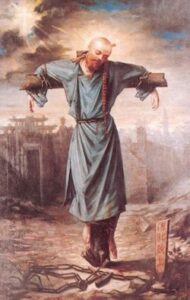 St. John Gabriel Perboyre
St. John Gabriel Perboyre
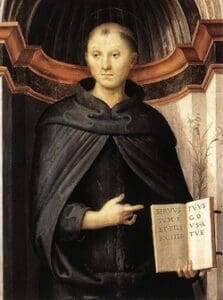 St. Nicholas of Tolentino
St. Nicholas of Tolentino
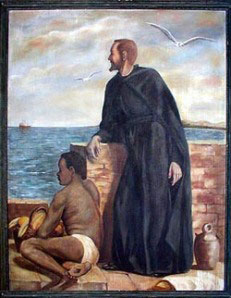 St. Peter Claver
St. Peter Claver
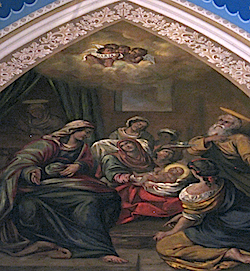 Feast of the Birth of Mary
Feast of the Birth of Mary
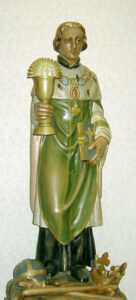 St. Cloud
St. Cloud
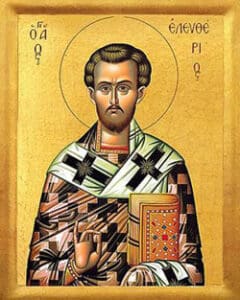 St. Eleutherius
St. Eleutherius
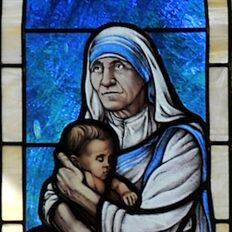 St. Teresa of Calcutta
St. Teresa of Calcutta
 St. Rose of Viterbo
St. Rose of Viterbo
 Pope St. Gregory the Great
Pope St. Gregory the Great
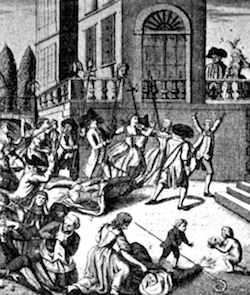 Blessed Jean-Marie du Lau and the Martyrs of September
Blessed Jean-Marie du Lau and the Martyrs of September
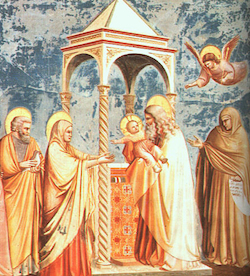 St. Anna the Prophetess
St. Anna the Prophetess
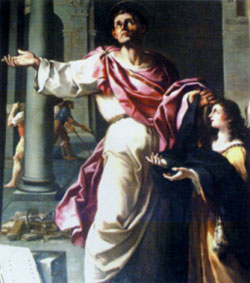 St. Pammachius
St. Pammachius
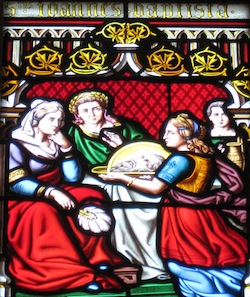 Feast of the Beheading of John the Baptist
Feast of the Beheading of John the Baptist
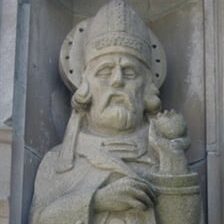 St. Augustine
St. Augustine
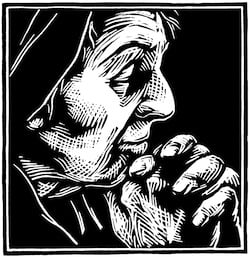 St. Monica
St. Monica
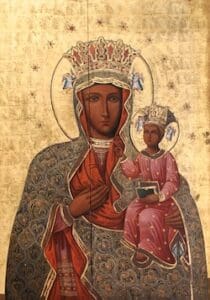 Our Lady of Czestochowa
Our Lady of Czestochowa



